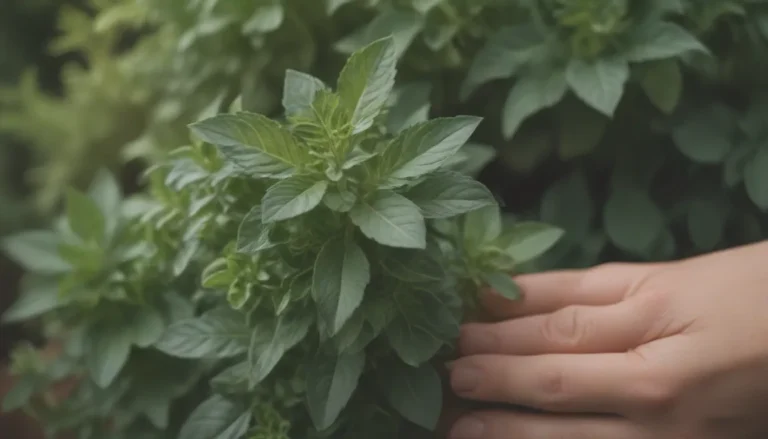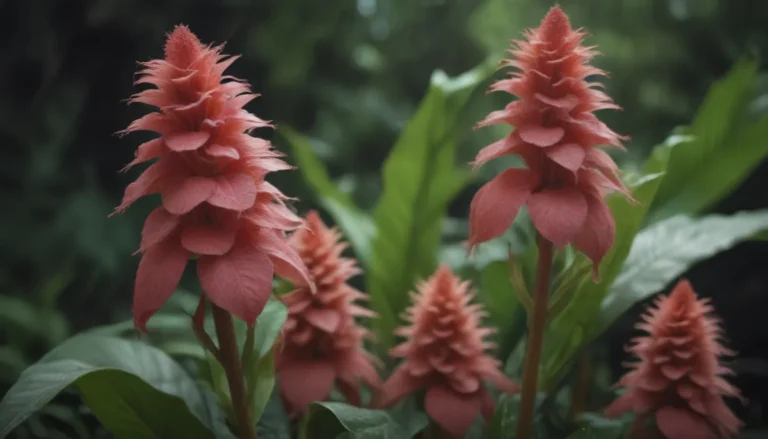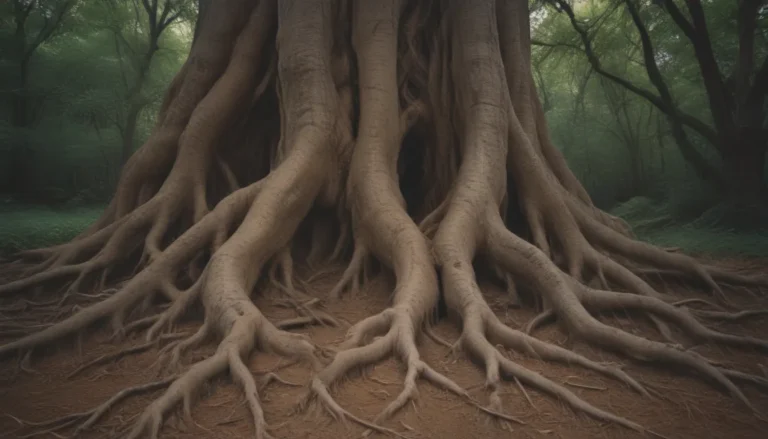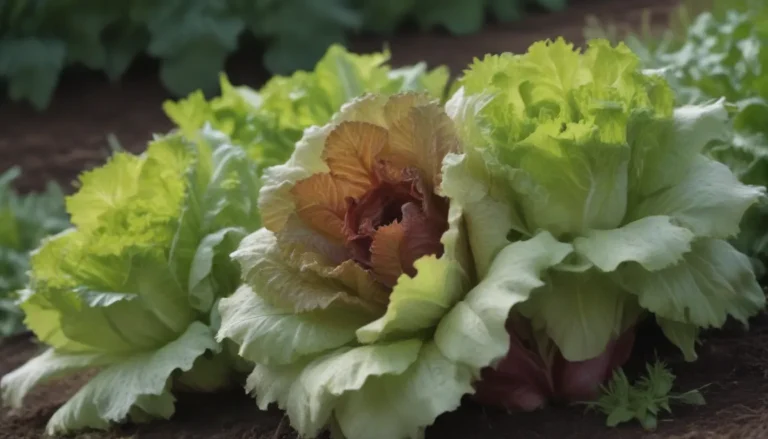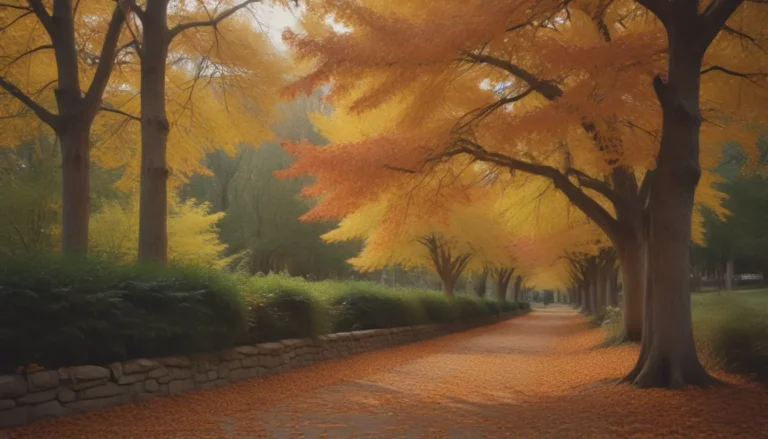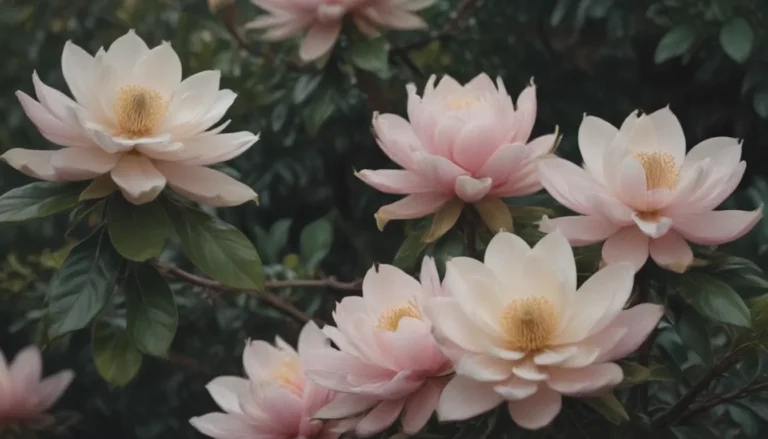The Ultimate Guide to Growing and Caring for Halcyon Hosta
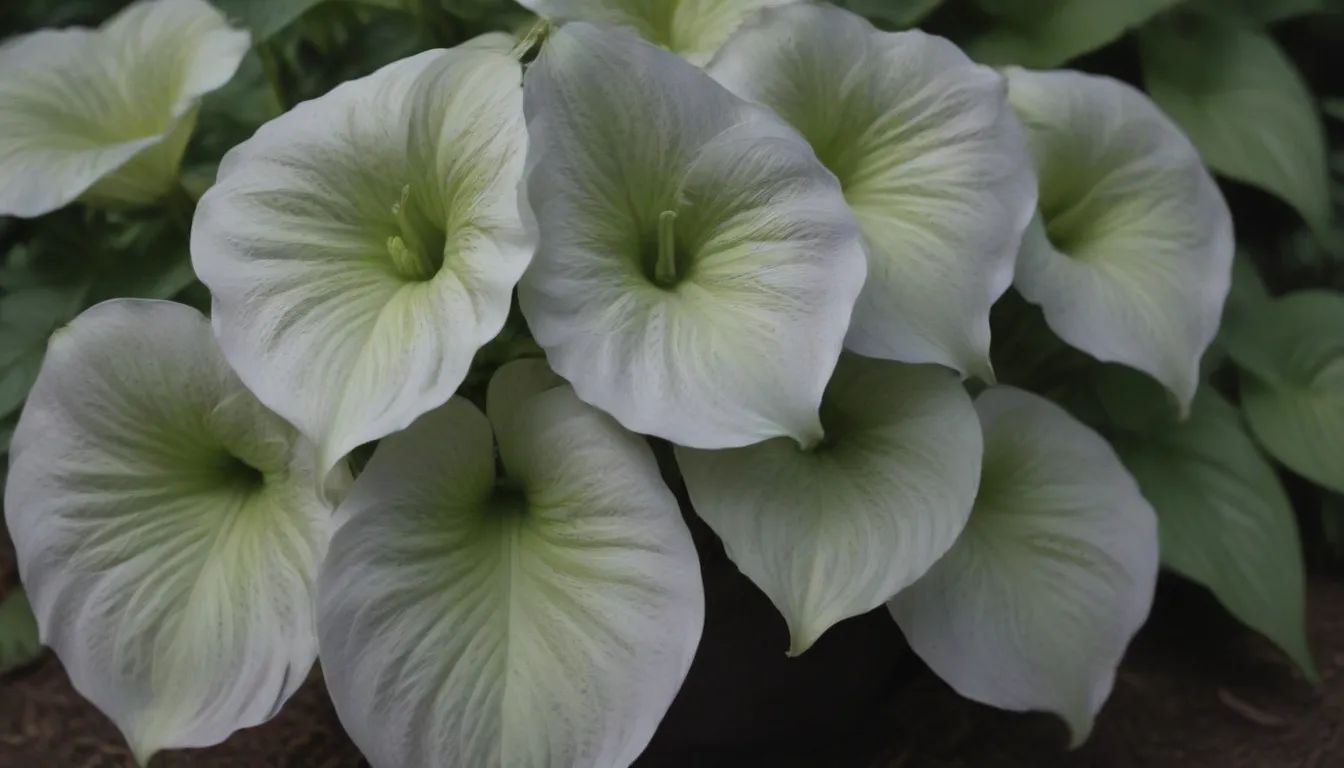
Are you looking to add a touch of color and texture to your shady garden? Look no further than the beautiful and popular Halcyon Hosta. In this comprehensive guide, we will walk you through everything you need to know about growing and caring for this stunning plant. From planting to propagation, we’ve got you covered. So grab your gardening gloves and let’s dive in!
Introduction to Halcyon Hosta
For over a century, colorful plants in the Hosta genus have been a staple in shady gardens. The Halcyon Hosta cultivar is a standout in its group, known for its striking blue leaves and pale lilac-blue flowers. This slow-growing plant features textured, heart-shaped leaves with a waxy coating that helps retain its vibrant color even in the heat of summer. Hummingbirds and bees are drawn to its blooms, making it a delightful addition to any garden.
Key Features of Halcyon Hosta:
- Height: Approximately 14 inches tall
- Leaves: Blue-green, heart-shaped, and textured
- Flowers: Pale lilac-blue on 26-inch stalks in mid to late summer
Halcyon Hosta Care Tips
Like all hostas, Halcyon thrives in moist, well-drained soil and partial to full shade. Here are some essential care tips to keep your Halcyon Hosta happy and healthy:
Soil and Light Requirements:
- Plant in moist, well-drained soil
- Prefers partial to full shade to maintain its vibrant color
- Pair with silver-leaved plants for a striking contrast
Watering and Maintenance:
- Consistent moisture is key, especially in partial sun
- Remove spent foliage in the fall to prevent slug infestation
- Water more if planted under trees due to competition for moisture
Types of Halcyon Hosta Cultivars
The Halcyon Hosta belongs to the Tardiana group, characterized by large-leaved cultivars with blue-green hues. Here are three popular cultivars similar to Halcyon:
- ‘Blue Moon’
- ‘First Frost’
- ‘June’
Growing and Propagating Halcyon Hosta
Propagation of Halcyon Hosta can be done through division, which involves separating root clumps. Although slow-growing, Halcyon can be divided in early spring or late summer to propagate new plants. Here’s how you can propagate your Halcyon Hosta:
- Dig up the plant and divide the root clumps into halves or quarters
- Use a sharpened spade to slice through the plant for easier division
- Replant divisions in well-drained soil and partial shade
Common Pests and Problems
While hostas are generally low-maintenance, they can face challenges from pests and diseases. Here are some common issues and how to address them:
Common Pests:
- Slugs and snails can chew on foliage, bait them for removal
- Deer are attracted to hostas, consider deterrents to protect your plants
Common Problems:
- Ragged leaf edges indicate grazing by rabbits or deer
- Browning leaves may be a sign of heat stress or sunburn
- Yellow streaks on leaves could be caused by nematodes feeding within the plant
Tips for Overwintering Halcyon Hosta
To protect your Halcyon Hosta during winter months, consider the following tips:
- For container-grown hostas, shelter in a south-facing location or unheated garage
- In-ground hostas can be mulched for insulation during extreme cold
- Remove mulch in spring to promote new growth
Conclusion: Bringing Halcyon Hosta to Life in Your Garden
In conclusion, Halcyon Hosta is a delightful addition to any shady garden, known for its vibrant blue-green leaves and delicate flowers. By following our care tips and propagation techniques, you can enjoy the beauty of Halcyon Hosta for years to come. Whether you’re a seasoned gardener or a beginner, this charming plant is sure to captivate your heart and garden.
Remember, with the right care and attention, your Halcyon Hosta can thrive and bring joy to your outdoor space. So roll up your sleeves, get your hands dirty, and watch as this stunning plant transforms your garden into a lush and vibrant oasis. Happy gardening!
Sources:
– ASPCA
– Missouri Botanical Garden
– The Spruce / Adrienne Legault
